From wildfires to battlefield cloud cover, Muon’s multispectral sats pique government interest
Muon Space CEO Jonny Dyer told Breaking Defense that while the five-year-old startup is working in both the civil and defense sectors, the growth trend is on the defense side.


Muon Space is developing a multispectral satellite constellation in low Earth orbit for monitoring wildfires and weather patterns for civil and military users. (Image: Muon Space)
WASHINGTON — Despite the current downward trend in budgets and lack of Trump administration support for climate research, Muon Space’s chief executive is seeing an uptick in interest from government agencies — including the Space Force and the National Reconnaissance Office (NRO) — in the firm’s small multispectral satellites for wildfire and weather monitoring.
Only five years old, the Silicon Valley startup has branched out from its initial focus on commercial tracking of wildfires to weather monitoring for military purposes — including things like cloud cover over hot spots, Muon CEO Jonny Dyer told Breaking Defense.
“We’re very much a dual use company, very intentionally, and a lot of our business is commercial today, which we’re excited about,” he said. “We do see a lot of growth in the government side. So, I think today it’s less than half government. I would say over the next three to five years, we expect that at least half, or maybe slightly more, will be government. But we’re really seeking to try and keep that healthy balance of both.”
Dyer added that while Muon is working in both the civil and defense sectors of the government, the growth trend is on the defense side.
“In terms of dollars, it is probably more defense today than it is civil. Obviously, given the landscape, it seems like that’s where we’re headed,” Dyer said. “Defense is a big market.”
The company launched its first test-bed satellite to low Earth orbit (LEO) in June 2023. In March 2024, it launched a second bird carrying a prototype weather monitoring sensor system developed under a contract with the Pentagon’s Defense Innovation Unit and the Air Force Life Cycle Management Center. That satellite also carried an antenna to measure ocean surface wind speed developed with support from NASA’s Earth Science Technology Office (ESTO).
This March, Muon launched the first prototype in a planned 10-satellite constellation, called FireSat, developed in partnership with the Earth Fire Alliance, a nonprofit coalition backed by Google Research, the Environmental Defense Fund and other philanthropic organizations.
And while it is working on its own constellation for wildfire monitoring, Muon also is selling its hardware and software to other companies, Dyer explained, such as Sierra Nevada Corporation and fellow climate startup Hydrosat. The idea is that Muon can do anything from providing data as a service to operating a turnkey satellite for a client and everything in between.
“We’re very vertically integrated, in the sense of, although we’re doing tailored missions, we are building the system in a way that we’re building large number of kind of very common spacecraft building blocks, and then we can very rapidly tailor those and optimize them to a mission, assemble them and get them to space,” he said.
The Space Force has expressed interest in Muon’s technology for helping to replace its dying Defense Meteorological Satellite Program (DMSP) satellites. The service’s innovation hub, SpaceWERX, and Space Systems Command last December awarded Muon a $2.9 million Phase II Small Business Innovation Research contract “to advance space-based environmental monitoring (SBEM) capabilities,” according to a company release.
“The advanced EO/IR instrument will provide comprehensive cloud characterization and theater weather imagery, addressing the number one and two priority gaps in SBEM identified by the Joint Requirements Oversight Council (JROC),” the press release added.
And most recently, the NRO on May 16 granted Muon a second-stage contract under its Strategic Commercial Enhancements Broad Agency Announcement Framework contract vehicle for studying novel uses of electro-optical sensor capabilities. The award, which is a follow on to an initial contract granted to the company by NRO in December 2023, “will validate on-orbit performance” of Muon’s multispectral electro-optical and infrared systems and ability to rapidly revisit a target area, according to a company press release.




























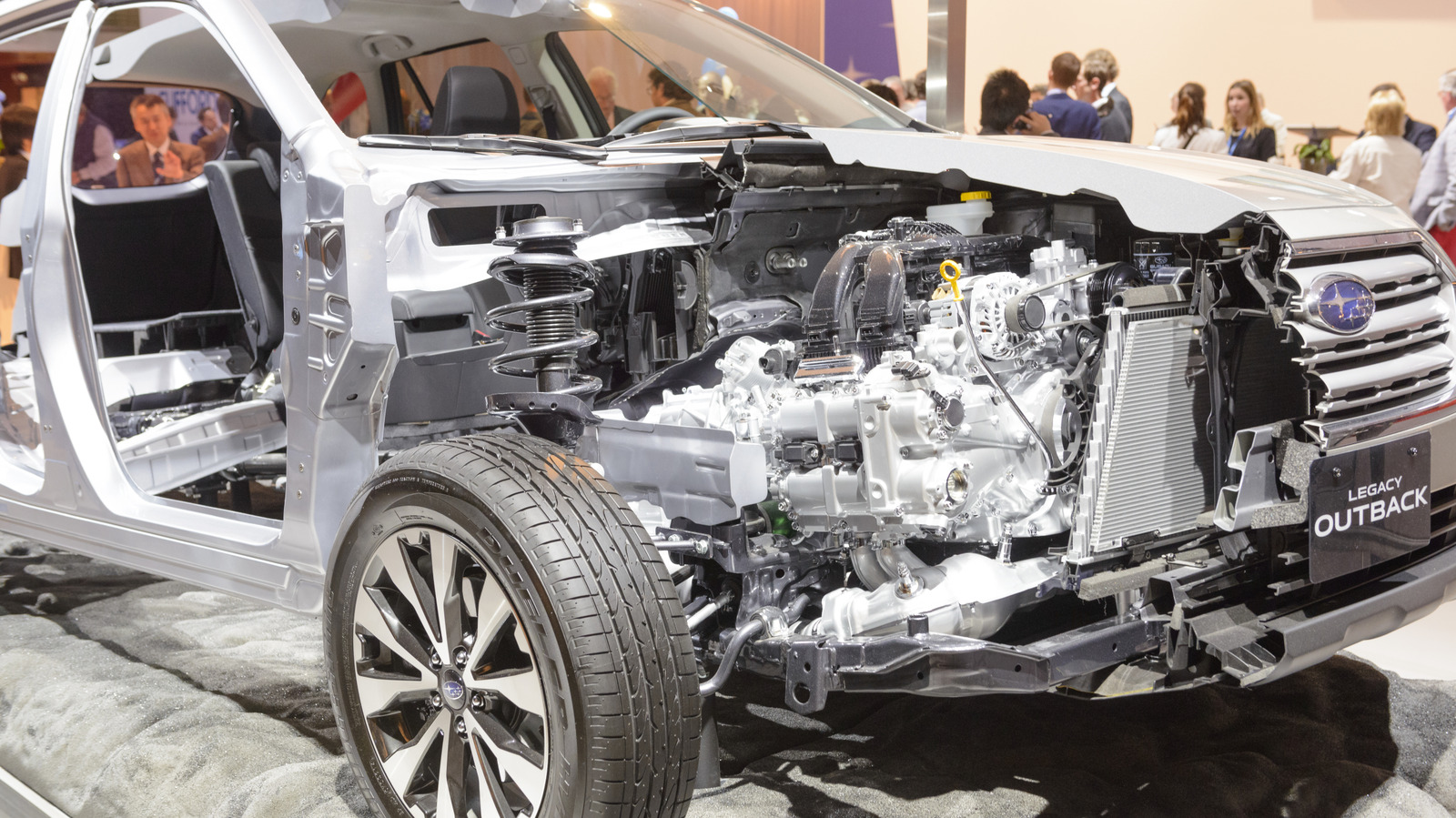







































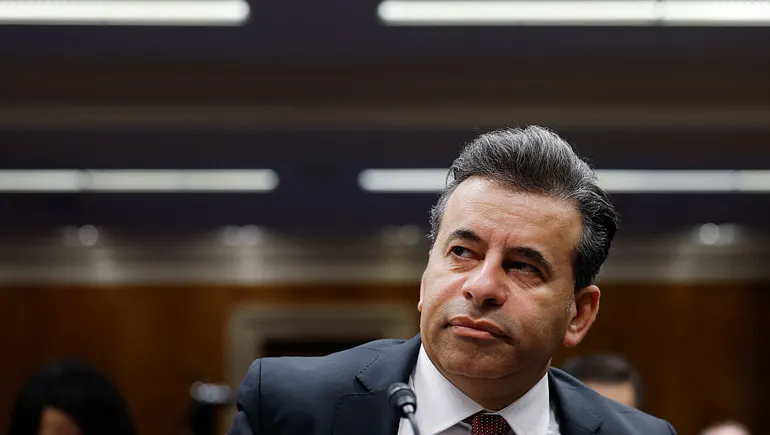































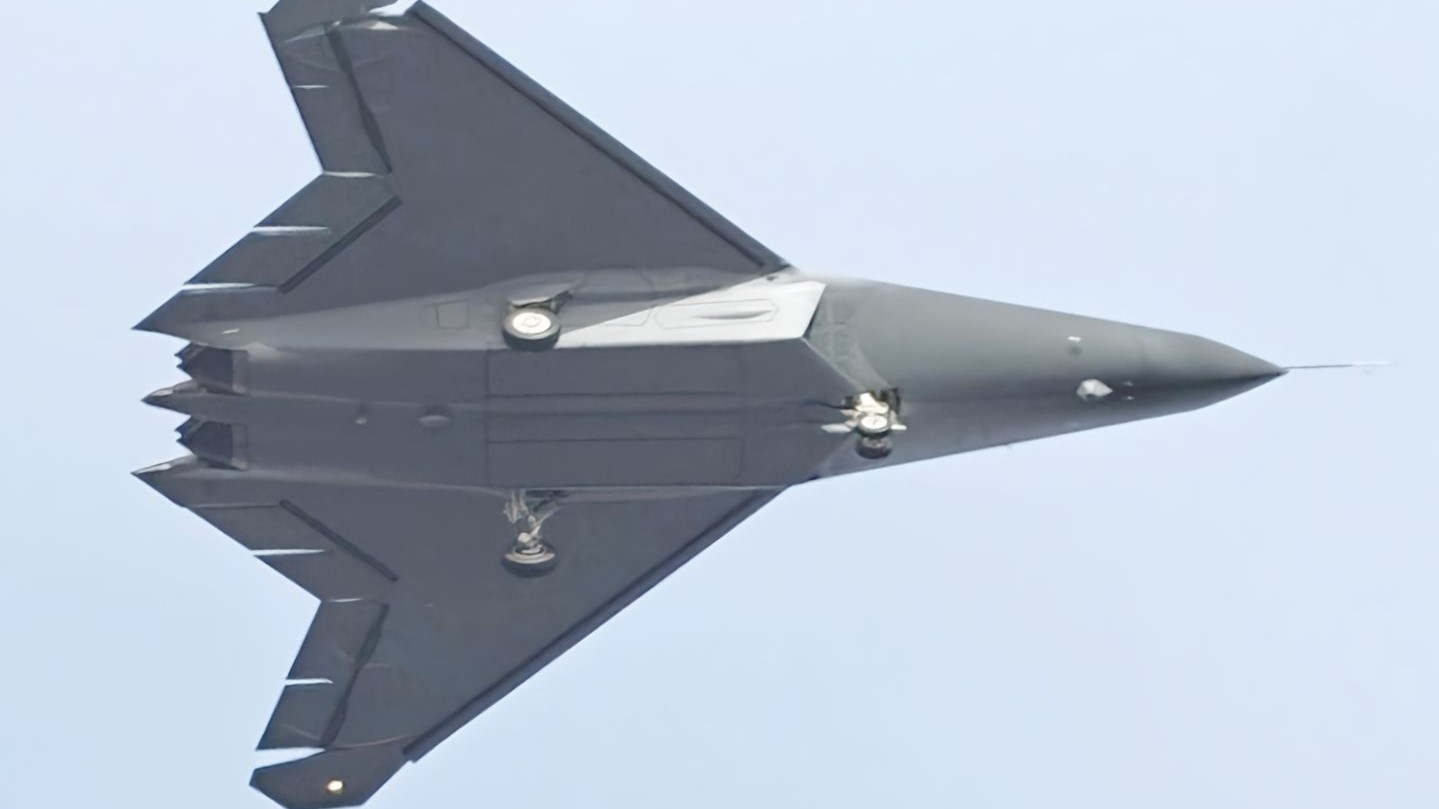
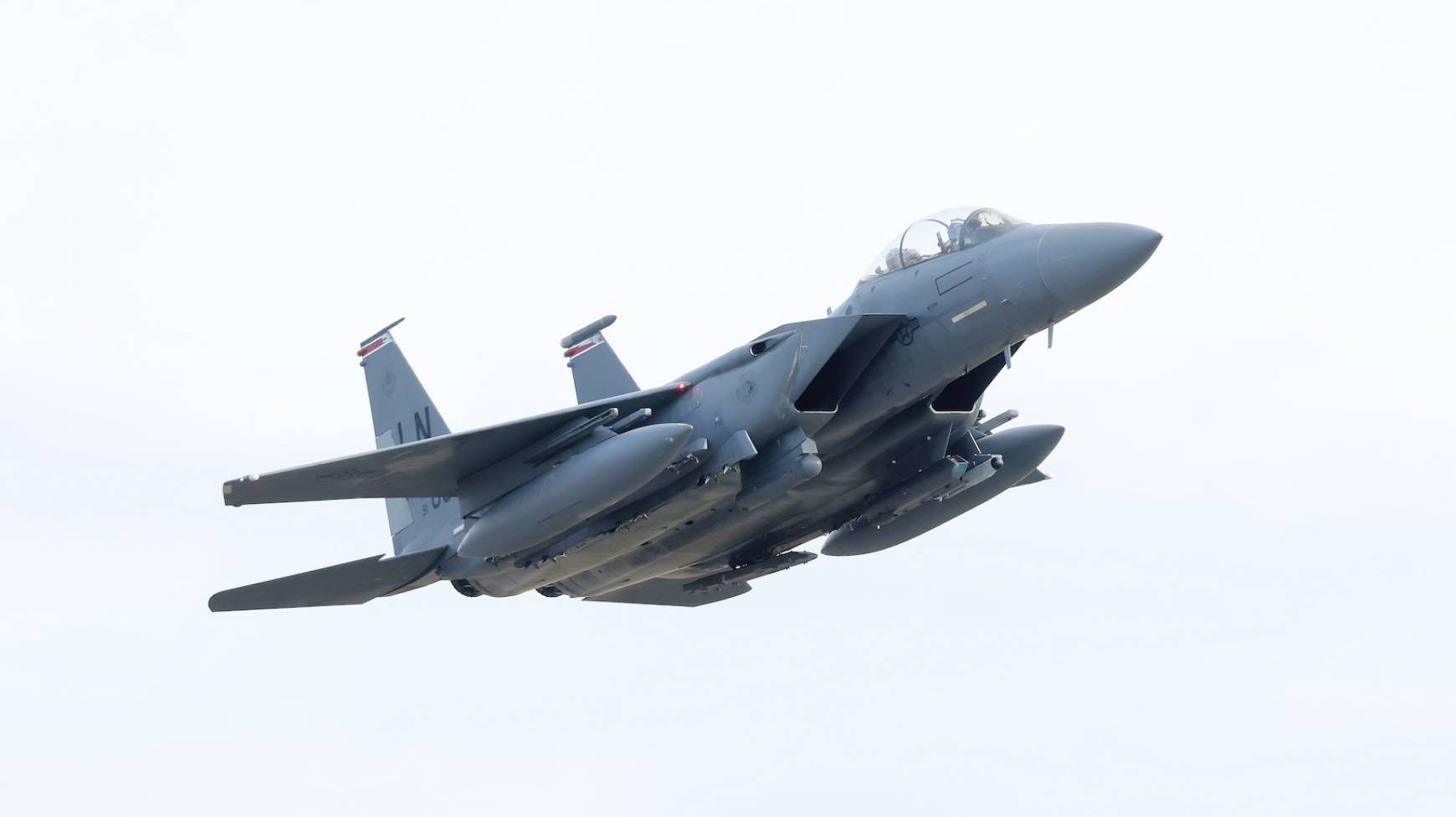
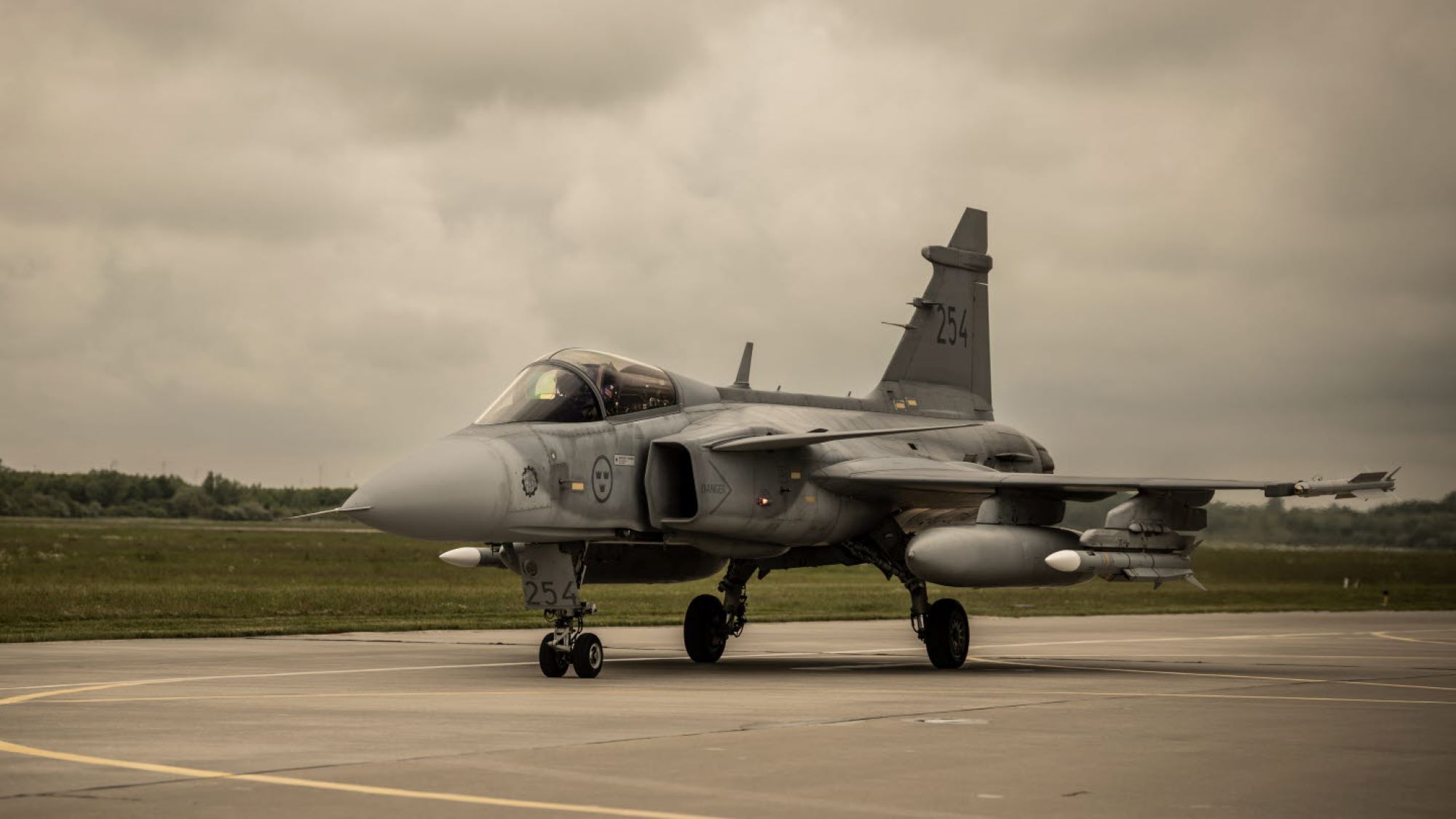
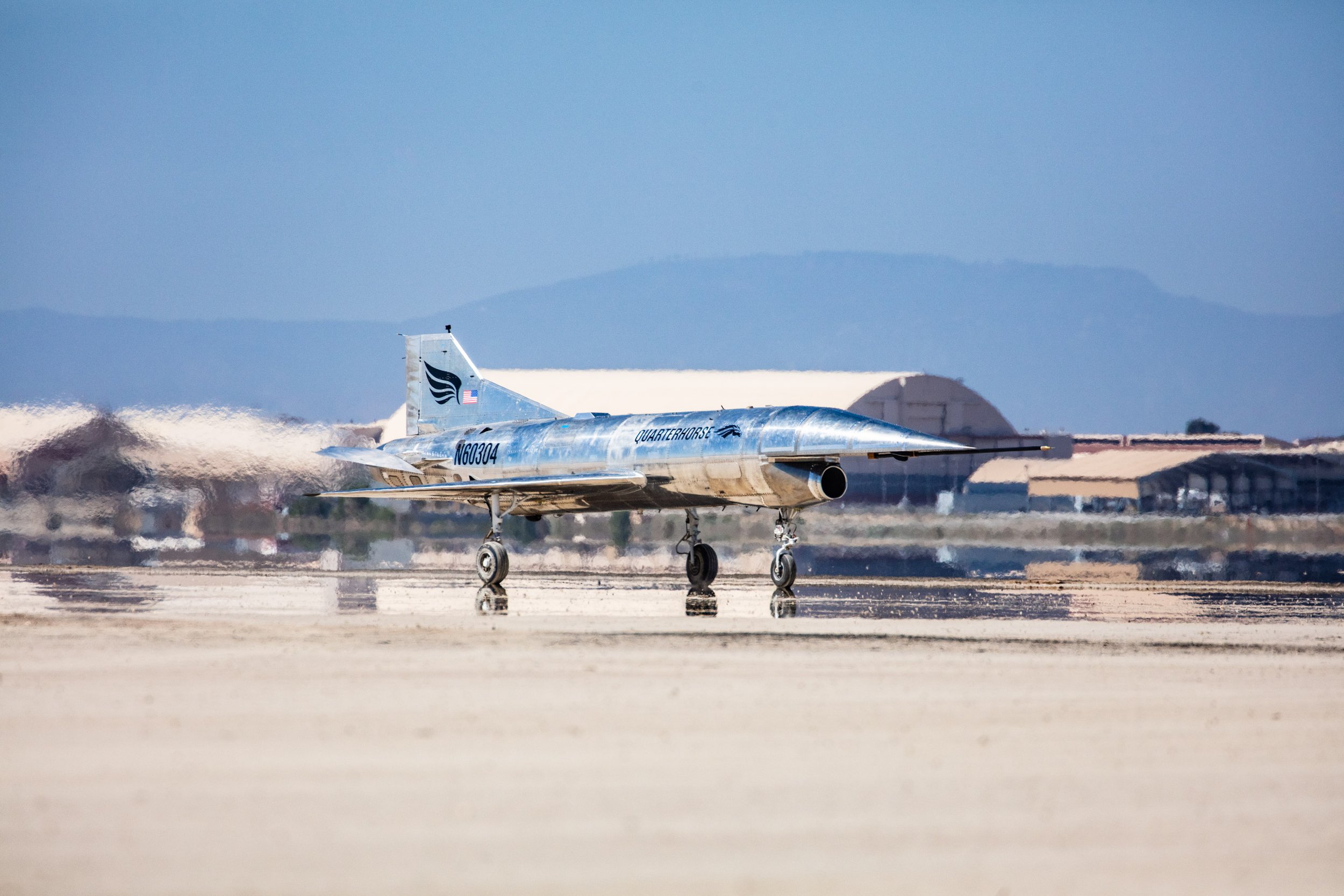




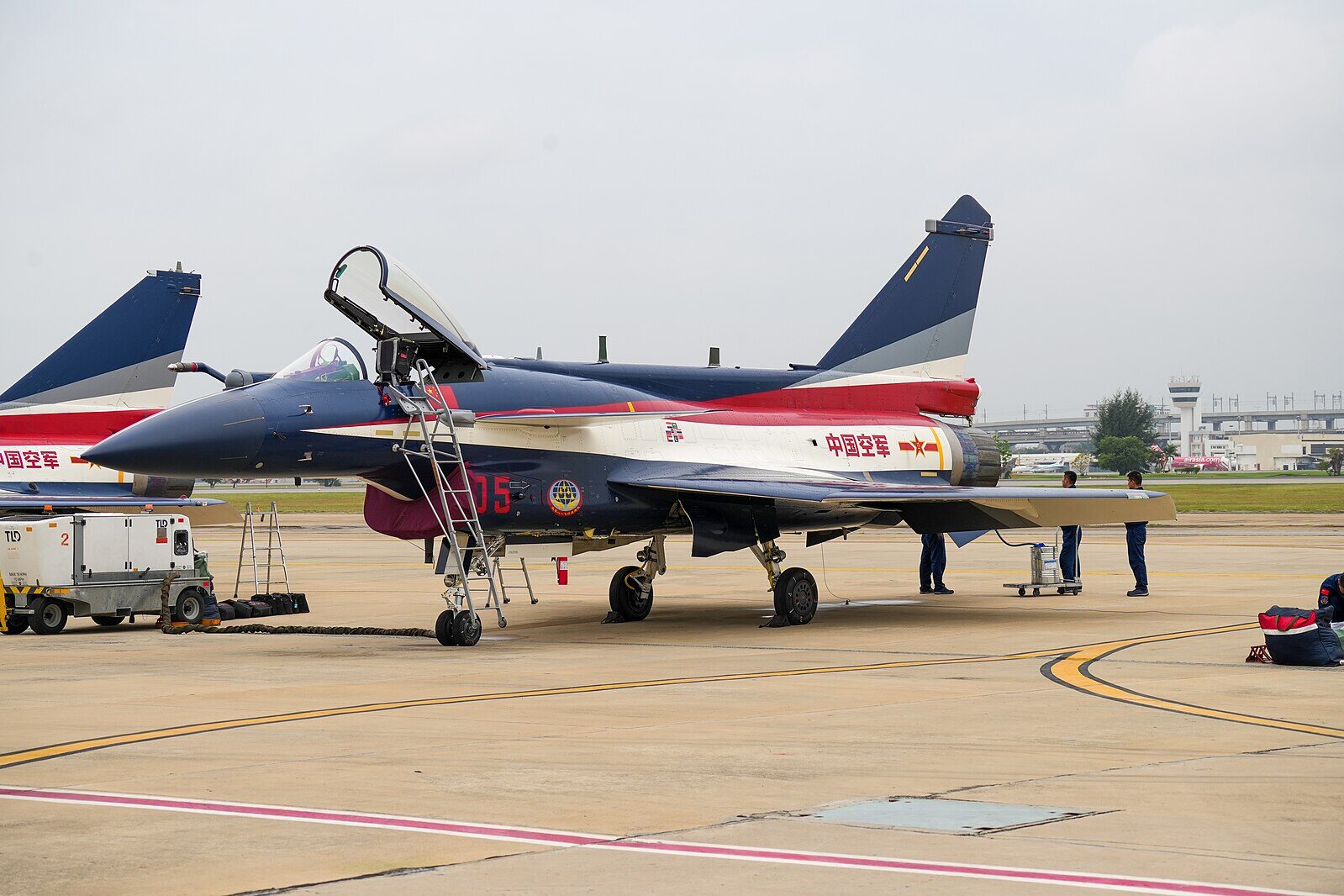















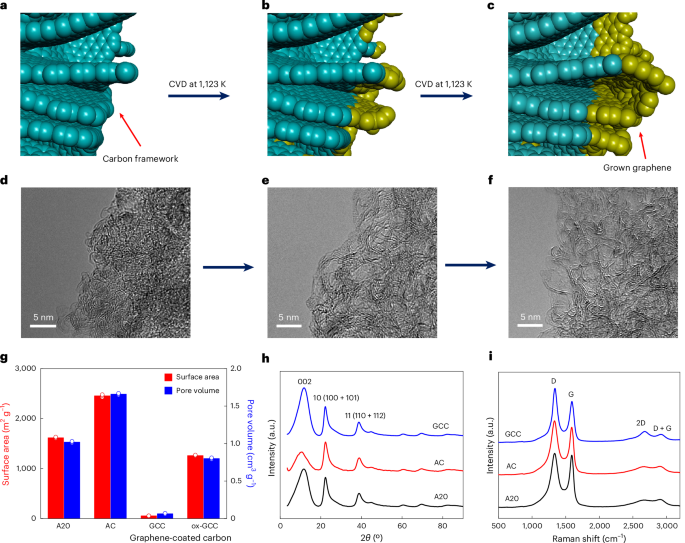










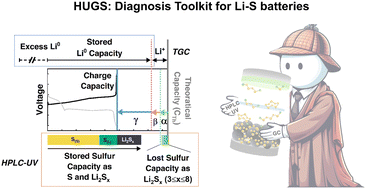


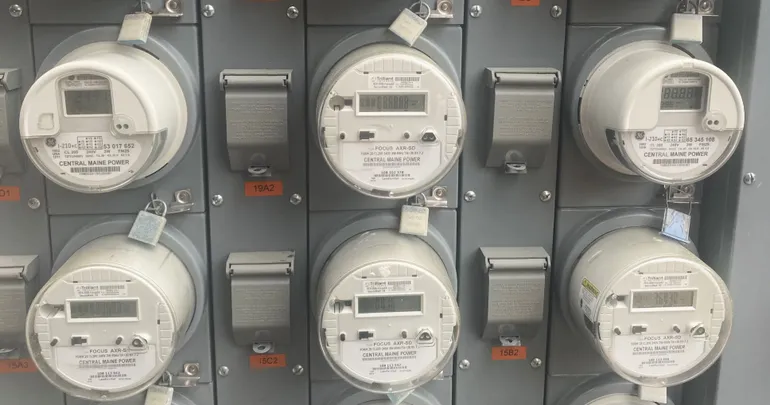


![The F-35’s future: The world’s most advanced stealth fighter and what comes next [Video]](https://breakingdefense.com/wp-content/uploads/sites/3/2025/03/8477353.jpg?#)

